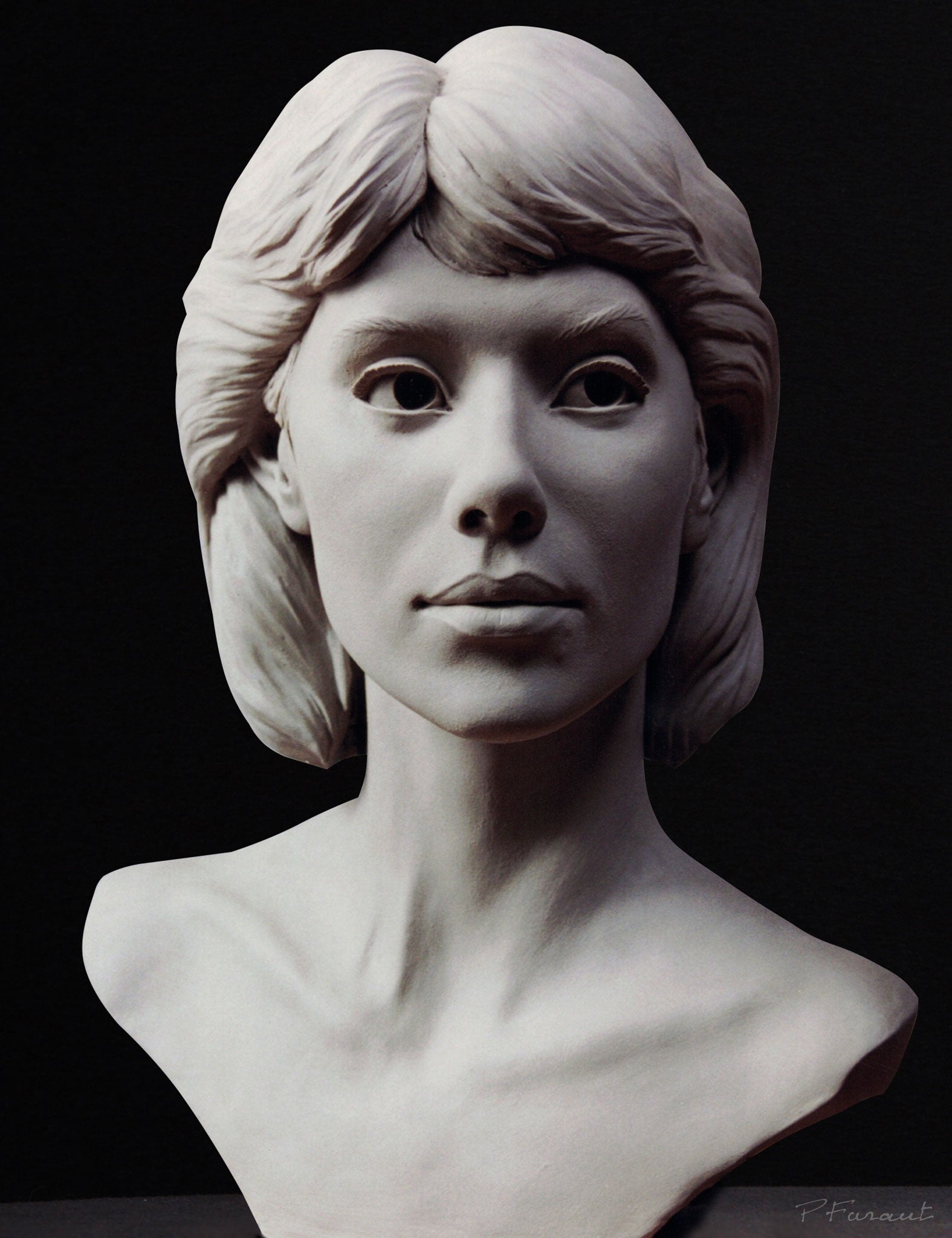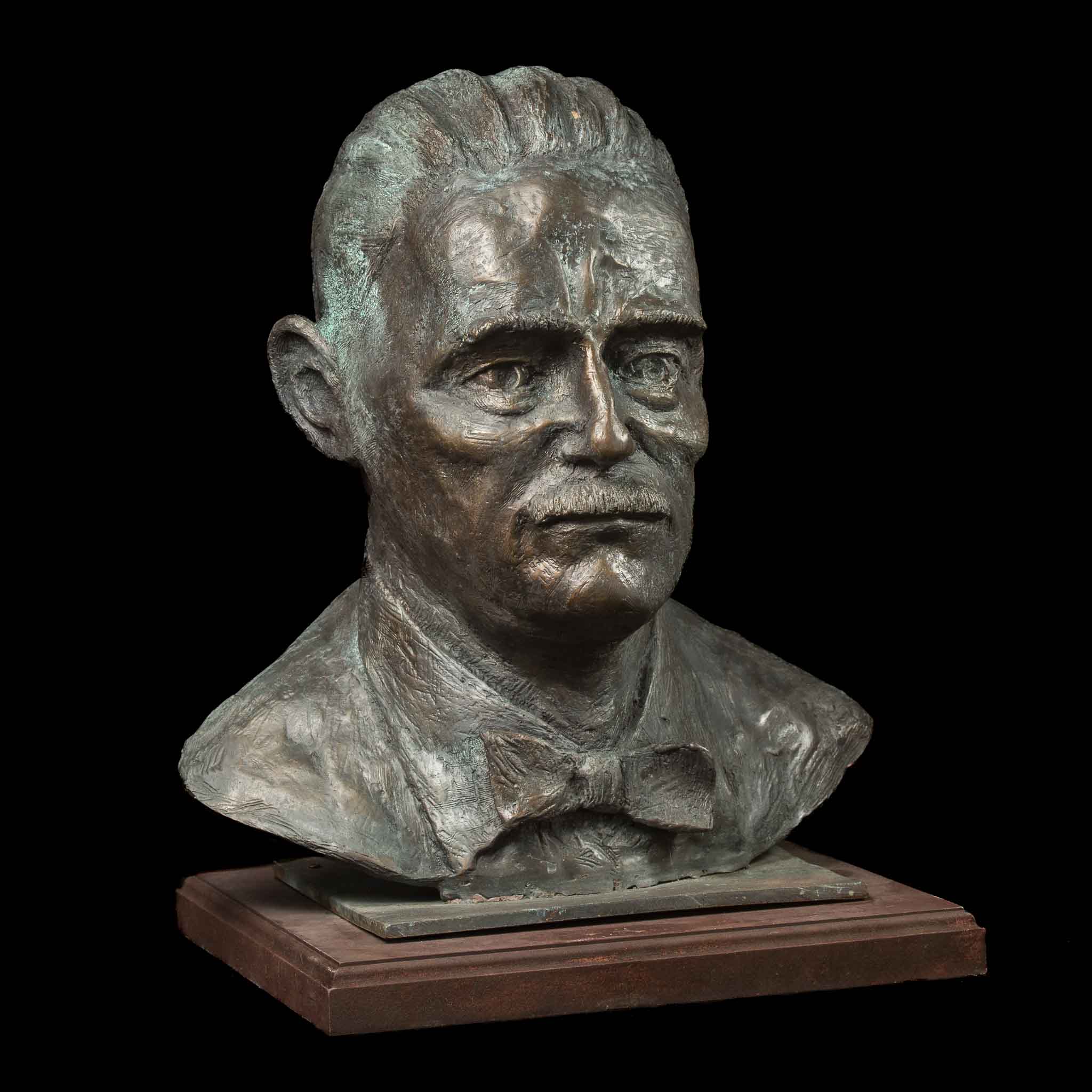In the Spirit of the Horse: Admire the Beauty of Equine Sculptures
Wiki Article
The Impact of Nature in Sculpture Art
The impact of nature in sculpture art is a subject that has mesmerized artists throughout background. From old civilizations to modern musicians, the environment has actually acted as an extensive resource of ideas. This influence is noticeable in the natural kinds and shapes that are commonly discovered in sculpture, resembling the contours and shapes of nature. Artists also explore appearance and products in their job, looking for to recreate the tactile qualities of the all-natural globe. Meaning of natural environments is another way in which nature influences sculpture, as artists imbue their creations with the definition and associations fundamental in these elements. The setting itself, with its landscapes, flora, and fauna, is usually reflected in sculptures, using a link to the world around us. Inevitably, sculpture art has the power to catch the transience of nature, cold a minute in time and permitting us to appreciate its appeal in perpetuity.Organic Shapes and types
Organic forms and shapes, motivated by the harmonious structures and detailed patterns discovered in nature, play an essential role in the realm of sculpture art. Artists have actually long been captivated by the appeal and intricacy of the all-natural world, finding motivation in the graceful curves of a seashell, the delicate petals of a blossom, or the turning branches of a tree. By mimicing and abstracting these organic types, artists are able to produce sculptures that evoke a sense of harmony and equilibrium.One of the factors organic forms and shapes are so prevalent in sculpture art is their ability to get in touch with customers on a deep emotional level. The natural world knows to all of us, and when we see these forms represented in art, it evokes a sense of comfort and acknowledgment. It reminds us of our place in the grand scheme of points and permits us to link with something above ourselves.
Furthermore, natural types and shapes in sculpture art often personify a feeling of motion and energy. The moving lines and dynamic compositions resemble the continuous activity and growth discovered in nature. This creates a feeling of vitality and brings sculptures to life, making them show up as if they might continue to transform and develop before our eyes.
Appearance and Material Exploration
A significant facet of sculpture art influenced by nature is the expedition of texture and products via the usage of numerous techniques and mediums. Musicians usually draw motivation from the diverse appearances located in the natural world, such as the rough bark of a tree, the smooth surface of a stone, or the elaborate patterns on a fallen leave. By incorporating these structures into their work, carvers can create a responsive experience for viewers, welcoming them to engage with the artwork on a sensory degree.Appearance can be accomplished in sculpture via a range of techniques. Some artists select to sculpt or sculpt straight right into the selected material, creating a three-dimensional surface area that resembles the textures located in nature - Robert C Hitchcock Sculptor.
Product exploration is additionally a significant part of sculpture art influenced naturally. Artists might venture into undiscovered region, seeking out brand-new products that evoke the significance of the environment. They might integrate natural components like branches, leaves, or also dirt right into their sculptures, blurring the borders in between art and the atmosphere. By pressing the limits of typical products and techniques, artists can produce visually stunning and conceptually abundant jobs that commemorate the appeal and diversity of nature.
Significance of Natural Environments
The unification of natural environments in sculpture art includes a layer of importance and depth to the artwork. By making use of products discovered in nature, artists have the ability to imbue their developments with meaning that resonates with customers on an extensive level. Natural environments such as timber, rock, and plants have actually been used throughout history to share various symbolic messages.Wood, for instance, often represents development, recommended you read durability, and strength. Sculptures crafted from this product can stimulate a feeling of connection to the earth and the cycles of life. Rock, on the various other hand, is usually linked with durability and endurance. Sculptures sculpted from rock can symbolize the classic nature of specific ideas or ideas.
Plants and blossoms are additionally frequently incorporated into sculpture art, representing styles of development, renewal, and beauty. The fragile flowers and lively shades of blossoms can stimulate sensations of happiness, while the intertwining branches of plants can represent interconnectedness and unity.
In addition to these all-natural products, artists might additionally make use of natural environments such as fire, water, or wind to additionally enhance the symbolic message of their art work. These elements can represent the transformative power of nature, the passage of time, or the pressures that shape our globe.

Representations of the Setting
Representations of the Atmosphere can be seen in sculpture art via the consolidation of natural environments and the portrayal of ecological styles. Carvers usually draw motivation from the environment, utilizing materials such as wood, rock, and even recycled products to create their artworks. By using these natural environments, they not just admire the setting but also develop a more powerful link between the art work and its environments.Along with the products made use of, sculpture art likewise reflects the atmosphere through the portrayal of eco-friendly themes. Lots of artists select to show animals, plants, or landscapes in their work, highlighting the elegance and frailty of the environment. These sculptures serve as tips of the value of maintaining our environment and the need for lasting techniques.

Additionally, environmental sculptures usually intend to increase understanding concerning pressing eco-friendly concerns. They function as aesthetic representations of the effect of human activities on the environment, such as pollution, logging, or climate change. By illustrating these concerns in their artwork, carvers wish to motivate visitors to act and come to be much more aware of their own ecological footprint.
Catching the Transience of Nature
Sculpture musicians better discover the impact of nature by skillfully catching the ever-changing and ephemeral facets of the environment. With their creativity, these musicians intend to illustrate the fleeting beauty and transience of nature, stimulating a feeling of marvel and reflection in visitors.One method in which sculpture artists record the transience of nature is by using products that are themselves based on degeneration and change. For example, musicians may pick to collaborate with organic products such as fallen leaves, flowers, or wood, which normally deteriorate in time. This purposeful choice highlights the brevity of nature and advises us of the unpreventable cycle of life and fatality.
Furthermore, sculpture artists usually employ methods that create a sense of movement and fluidity in their job. By integrating moving lines and dynamic kinds, they convey the ever-changing nature of the all-natural world. This can be seen in sculptures inspired by wind, water, or the growth of plants, where the artist looks for to catch the significance of continuous motion and improvement.
In addition, some artists pick to develop short-term or site-specific installations that communicate with the environment. These ephemeral sculptures, made from materials such as ice, light, or sand, are deliberately made to progressively go away or transform in time. By embracing the transient nature of their productions, artists invite audiences to review the short lived charm of the environment and the impermanence of human existence.

Final Thought
In final thought, nature has a profound impact on sculpture art (Figurative Sculptures). Texture and product expedition even more improve the connection to nature, as artists typically include all-natural materials into their sculptures.
Significance of all-natural components is an additional means in which nature affects sculpture, as musicians imbue their developments with the definition and associations fundamental in these aspects.A considerable facet of sculpture art affected by nature is the exploration of appearance and products via the use of different strategies and tools (Equine Sculptures).Product exploration is also a substantial component of sculpture art influenced by nature.One method in which sculpture artists capture the transience of nature is by making use of materials that are themselves subject to decay and adjustment. Texture and product expedition additionally improve the link to nature, as musicians commonly include all-natural products into their sculptures
Report this wiki page